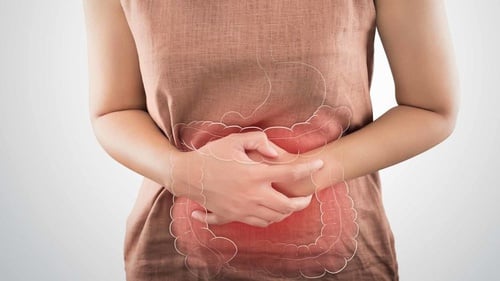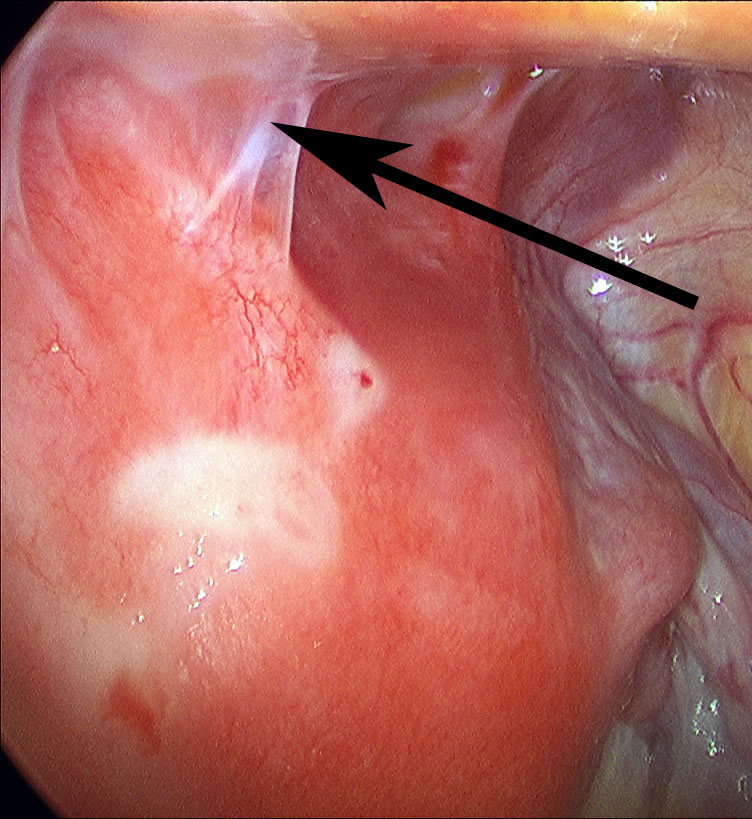
In the intricate landscape of female reproductive health, the enigma of Hydrosalpinx emerges as a captivating symphony of complexities. A confluence of the fallopian tubes and fluid accumulation, this condition dances at the crossroads of medical marvel and perplexity. As we embark on this journey, guided by keywords like Adhesion Colic, Fallopian Tube, Hydrosalpinx, and Salpingotomy, we delve into the realms of diagnosis, etiology, and surgical intervention that shape this intricate narrative.
Exploring the Hydrosalpinx’s Complexities
Picture a scenario where the fallopian tubes, those vital conduits of life’s essence, encounter a state of obstruction, giving rise to a phenomenon known as Hydrosalpinx. Like a captivating enigma, this condition sees the fallopian tubes donning a shape reminiscent of sausages, a result of fluid accumulation that paints a unique portrait. Yet, within this fluid embrace, diverse manifestations emerge – from the pus-laden veils of pyosalpinx to the blood-infused hues of hematosalpinx.
A Complexity and Rarity
The prevalence of Hydrosalpinx is a rarity, akin to a precious gem hidden within the folds of medical records. A mere 1 in 500,000 women tread this path, their journeys intertwined with the complexities of fallopian tubes. While often encountered in women of reproductive age, the echoes of Hydrosalpinx occasionally reach out to prepubertal and perimenopausal individuals, a testament to its enigmatic nature.

The Threads of Etiology
The intricate tapestry of Hydrosalpinx is woven from a myriad of threads, each contributing to the grand narrative. Past infections within the fallopian tubes, often whispered by sexually transmitted culprits, become a foundation for this enigma. Surgical histories etch their presence, as do the echoes of pelvic adhesions, pelvic inflammations, the delicate tendrils of endometriosis, and even the memories of appendicitis. These threads, disparate yet interconnected, form the very fabric of Hydrosalpinx’s existence.
Adhesion Colic: An Interesting Duet
As the curtains rise, the narrative unfurls the concept of Adhesion Colic, an intriguing duet between pain and complexity. The symphony of Hydrosalpinx often orchestrates moments of abdominal or pelvic pain, an interlude that resonates within certain women’s experiences. Like the hidden notes of a melody, Adhesion Colic emerges, weaving itself into the intricate tapestry.
Diagnosis and Intervention
Diagnosis takes center stage, wielding tools of medical marvel to reveal the hidden depths of Hydrosalpinx. The gaze of hysterosalpingogram (HSG), the probing touch of ultrasound, the revelations of Computed Tomography (CT), and the magnetic insights of Magnetic Resonance Imaging (MRI) scans collectively unravel the mysteries that lie within. Differential diagnosis becomes a delicate dance, where the echoes of Hydrosalpinx intertwine with pelvic or abdominal pain, casting shadows on the canvas of medical discourse.
A Look at Surgical Options
The narrative crescendos into the realm of surgical intervention, where the concept of Salpingotomy emerges as a torchbearer. A surgical maneuver that dares to unlock the fallopian tubes, Salpingotomy is a moment of liberation. Yet, it’s not without its challenges. The dance of adhesions, the remnants of past surgeries, and the intricate threads of disease etch complexity into this act of medical marvel.
Surgical Options for Hydrosalpinx
| Surgical Procedure | Description | Considerations |
| Salpingotomy | Surgical removal of obstruction within fallopian tubes | Challenging in the presence of adhesions or previous surgeries |
| Laparoscopic Salpingectomy | Minimally invasive removal of one or both fallopian tubes | Applicable in cases of severe pathology |
| Open Surgery | Traditional surgical approach for tubal removal | Considered in complex cases with dense adhesions or complications |
| Salpingostomy | Surgical creation of a new opening in the fallopian tube | Selected for specific cases based on individual patient factors |
| Conservative Management | Non-surgical approaches to manage symptoms and address underlying causes | Suitable for cases where surgery is not the preferred option |
Conclusion
In the grand theater of medical complexities, Hydrosalpinx emerges as a captivating symphony. Its threads are woven from intricate diagnosis, etiological whispers, and surgical solutions. As we exit this narrative, the echoes of Hydrosalpinx and Adhesion Colic linger, inviting us to delve deeper into the enigmatic realm of female health. The fallopian tubes, once a realm of hidden mysteries, now stand illuminated, a testament to the dance between complexity and burstiness that defines Hydrosalpinx.





